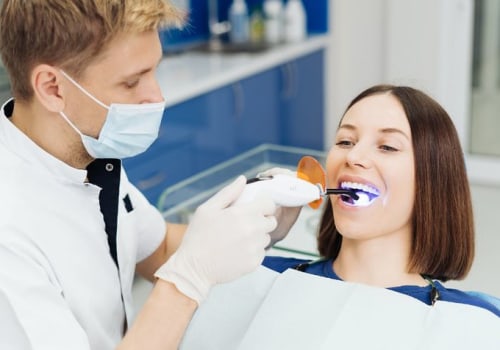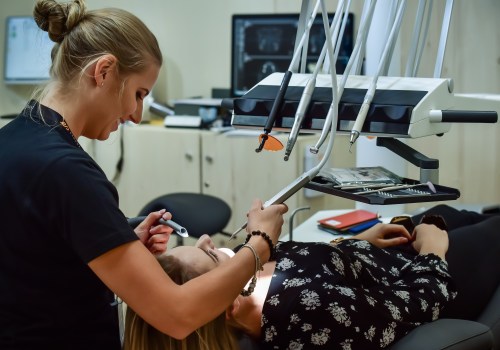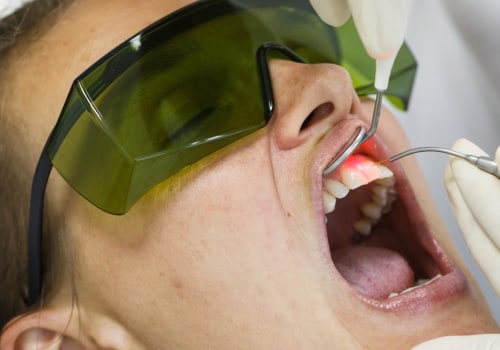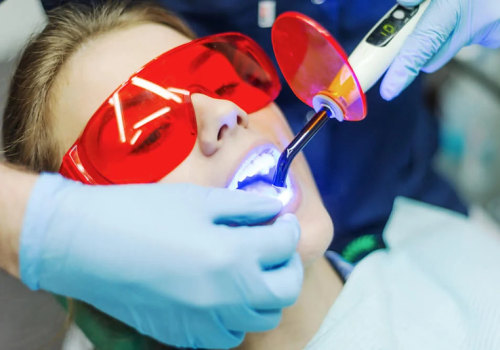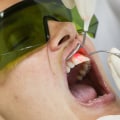The advent of laser technology in dentistry has introduced a new and potentially less painful way to manage dental caries, more commonly known as cavities. Traditional methods of treating cavities typically involve the use of a dental drill to remove decay before filling the cavity. This process, while effective, can cause discomfort and anxiety for many patients due to the noise, vibration, and pressure associated with drilling. In contrast, laser dentistry offers a quieter and often smoother experience, but the question remains: Does laser treatment for cavities hurt?
Using laser technology to treat cavities involves the application of concentrated light energy to remove decayed portions of the tooth in a precise and minimally invasive manner. One of the significant advantages of this method is that it can reduce the need for local anesthesia because the laser often causes less pain than traditional drilling. The laser selectively targets the decayed tooth material and vaporizes it, leaving healthy tooth structure intact. This precision not only helps in preserving more of the natural tooth but also reduces the trauma to surrounding tissues, which can lead to quicker recovery times and less discomfort during the procedure.
However, the sensation experienced during laser treatment can vary from person to person. Some patients report feeling a warm sensation or slight discomfort, especially if the cavity is deep and close to the nerve of the tooth. The depth and location of the decay, as well as the patient’s individual pain threshold, play significant roles in determining the level of discomfort experienced. Nevertheless, most patients find laser treatments to be more comfortable than conventional methods, with many describing the process as virtually painless.
Despite the benefits, it's essential to consider that laser treatment might not be suitable for every type of cavity. For instance, lasers are highly effective for small and medium-sized cavities but might not be the best choice for large areas of decay where traditional filling methods are more practical. Moreover, lasers are used primarily for cavities found on the chewing surfaces of teeth or between teeth and may not be applicable for all areas or types of decay.
The cost of laser treatment can also be a consideration, as it can be higher than traditional drilling due to the specialized equipment and training required. However, for many, the extra cost is justified by the increased comfort, reduced anxiety, and preservation of tooth structure. It's important to consult with a dentist who is experienced in laser treatments to get a clear understanding of the benefits and limitations in specific cases.
Additionally, after undergoing laser treatment for cavities, patients might experience temporary sensitivity to hot or cold temperatures, although this is generally less severe and shorter in duration than with traditional drilling methods. The precise nature of the laser also helps to minimize this sensitivity by avoiding damage to healthy parts of the tooth and surrounding gum tissue.
For those considering laser treatment for cavities, especially in locations like Chambersburg, PA, it's advisable to seek out dental practices that specialize in advanced dental procedures, including dental implants in Chambersburg, PA, to ensure they receive comprehensive care. Such clinics are likely equipped with the latest dental technologies, including lasers, and can provide a high standard of treatment tailored to individual needs.
In conclusion, while laser treatment for cavities generally offers a less painful alternative to traditional drilling, the degree of discomfort experienced can depend on various factors, including the patient's pain tolerance and the specifics of the cavity being treated. The method is lauded for its precision, quick recovery times, and reduced need for anesthesia, making it an appealing choice for many seeking a more comfortable dental treatment experience. As with any dental procedure, thorough consultation with a dentist is crucial to determine the most appropriate and effective treatment option.

